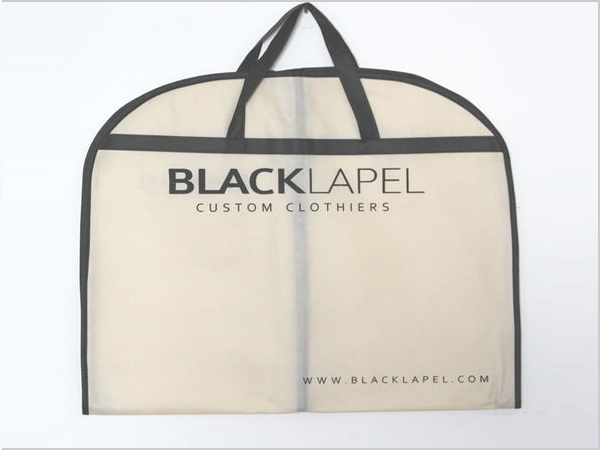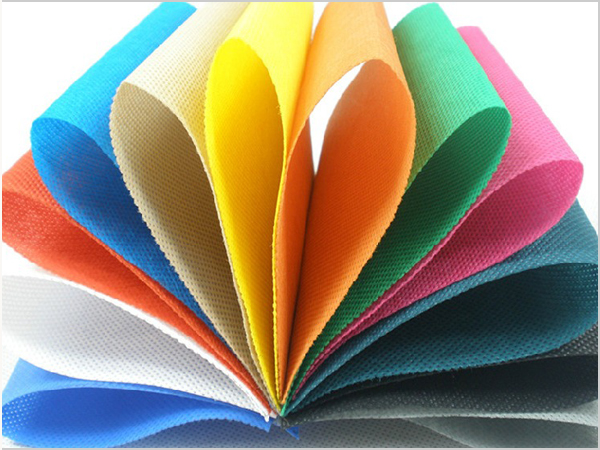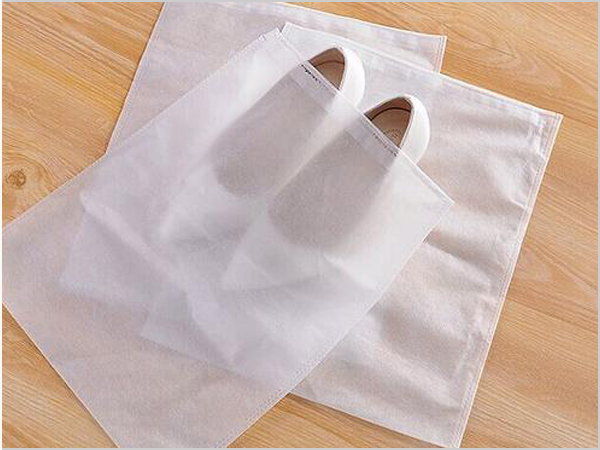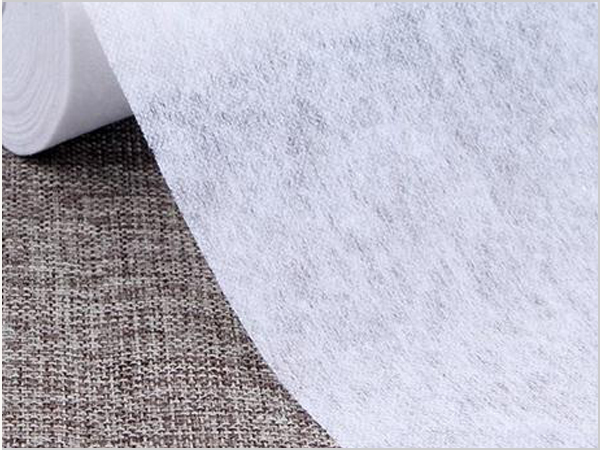- Why can spunbond nonwoven fabric dominate the market?
- Foreign trade exports are moving forward under pressure, with both resilience and challenges coexisting
- Explore the environmental protection characteristics and application fields of PP non-woven fabric
- The rise of the Latin American market is expected to become a new growth pole for China's textile foreign trade
- The production process of spunbond nonwoven fabric determines its unique characteristics!

- Telephone: 0551- 66779966
- Cellphone: 18955130444
- Email: 58792982@qq.com
- Address: Building 1-2, East of Wubu Village Section, Hehuai Road, Wushan Town, Changfeng County, Hefei City, Anhui Province
On May 13, the China Textile Industry Federation (hereinafter referred to as: China Textile Federation) held talks with a senior delegation of the US cotton industry. China Textile Association President Sun Ruizhe, Vice president Xu Yingxin, Vice president Yang Zhaohua, Vice President Yan Yan, Foreign affairs Commissioner Yuan Hongping, China International Trade Office, Foreign Affairs Office and China Cotton Textile Industry Association attended the meeting. Bruce ASHLEY, Executive Director of the International Cotton Council of the United States, Ernst Schroeder, President of the American Cotton Merchants Association, Marco Liucowitz, President of the American Pima Cotton Association, and Carlos Garcia, Sales director of the American Cotton Supply and Marketing Cooperative, attended the meeting.
Sun Ruizhe welcomed the arrival of a high-level delegation from the US cotton industry. This is the first meeting between the China Textile Association and the United States cotton whole industry chain Association after the end of the epidemic. Sun hoped that the textile industry of China and the United States could meet each other halfway and jointly promote the opening and cooperation of the global cotton industrial chain and supply chain.
Xu Yingxin introduced the overall situation and future development plan of China's textile industry in 2023. In 2023, China's textile industry will maintain resilience to achieve stable and progressive development. In the construction of modern industrial system, the industry focuses on five aspects of material innovation, integrated development, digital transformation, green development and category innovation. In the future, the industry will continue to promote industrial innovation, strengthen cultural empowerment, deepen green development and strengthen smart development, and promote high-quality development with new quality productivity.
Yan Yan introduced the Social responsibility system of China Textile Industry and the two cotton-related projects that the Federation is actively promoting: sustainable cotton system and action against climate change. We will share the practical achievements of China's textile industry from the perspectives of sustainability, transparency, net zero emission, ecological balance and consumption management, and explore possible cooperation projects between the two sides.
Jing Shenquan, vice president of China Cotton Textile Industry Association, introduced the overall situation of the industry in 2023, the operation in the first quarter of 2024 and the import of American cotton. In 2023, China's cotton textile industry is under obvious pressure and struggling to move forward. In the first quarter of 2024, the upstream and downstream economic indicators of the industry were weak as a whole. The overall performance of cotton weaving enterprises above the scale is better than that of cotton spinning enterprises. Although the share of US cotton imports in China has declined, China is still the world's largest user of US cotton.
Bruce ASHLEY, executive director of the International Cotton Council of the United States, said that he has been looking forward to the meeting for a long time, China has been the most important trading partner of American cotton, and understanding the development of China's textile industry, market dynamics, and future planning will help the American cotton industry to provide more accurate and high-quality services to Chinese customers.
Ernst Schroeder, President of the Cotton Merchants Association of America, introduced the global trade in American cotton. In terms of sales proportion, country situation and import volume, China has always ranked first. In recent years, China's import of Brazilian cotton has overtaken the trend of American cotton. The United States firmly believes that the sustainability, traceability, authenticity and transparency of American cotton will bring more value to its customers. At the same time, major U.S. agricultural policies are being updated according to current economic conditions, and U.S. cotton will enter the market in a more orderly and fluid manner, enhancing the reliability of cotton supplies to China.
The two sides agreed that the two economies are interdependent and that cooperation benefits both. China has always been the most important customer of high-quality American cotton, and also hopes to export more high-quality cotton woven clothing to the U.S. market. To this end, the two sides said that they will work together to actively promote the Sino-US textile industry in the "two-way rush" to achieve win-win results.
Declaration: The content of this article is organized from the Internet, and the copyright belongs to the original author; If there is infringement, please inform in time and contact to delete.
- Why can spunbond nonwoven fabric dominate the market?
- Foreign trade exports are moving forward under pressure, with both resilience and challeng
- Explore the environmental protection characteristics and application fields of PP non-wove
- The rise of the Latin American market is expected to become a new growth pole for China's
- The production process of spunbond nonwoven fabric determines its unique characteristics!
- The global trade landscape is undergoing significant changes in 2025
- The 11th China International Silk Conference was held in Shengze
- What are the core advantages of spunbond nonwoven fabric?
- What are the magical aspects of the manufacturing process of spunbond nonwoven fabric?
- The textile industry is enjoying dual policy benefits



